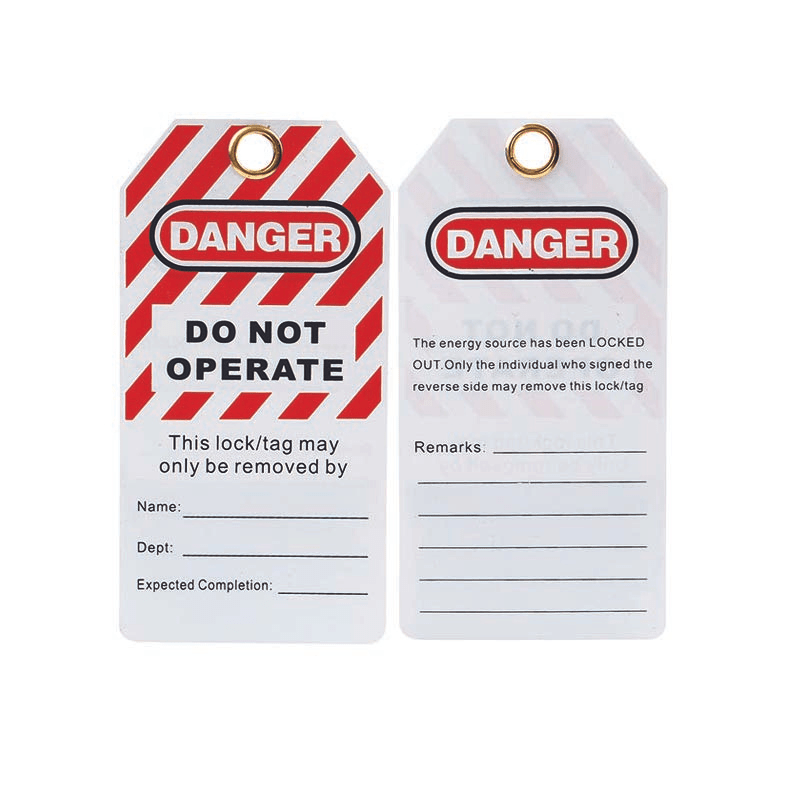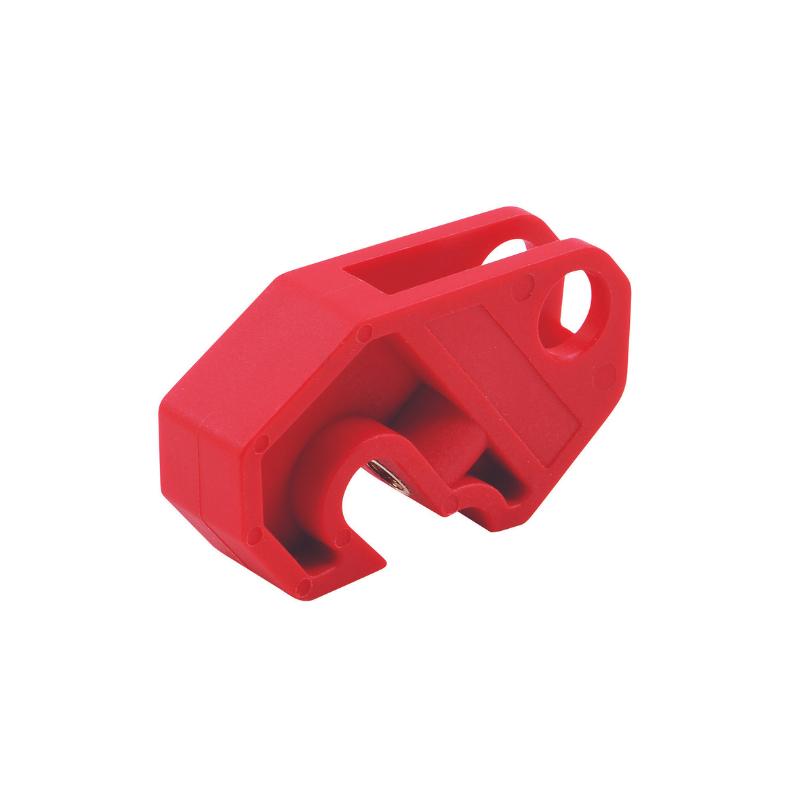Table of Contents
Introduction
Ensuring employee safety in hazardous environments requires proper emergency equipment. Safety showers and eye wash stations serve critical but distinct functions in workplace safety protocols. Understanding their differences and applications can help businesses effectively protect workers in the event of chemical spills, burns, or eye injuries.
What are Safety Showers and Eye Wash Stations?
Safety Showers
Designed for full-body decontamination, safety showers are typically installed where there is a risk of chemical spills or exposure to hazardous substances. They deliver a high volume of water to rinse contaminants quickly and thoroughly from the body.
Eye Wash Stations
Eye wash stations are designed to flush contaminants from the eyes. They feature gentle, controlled water flow to prevent additional irritation or injury to the sensitive eye area, often using tepid water for comfort.
Key Differences Between Safety Showers and Eye Wash Stations
| Feature | Safety Showers | Eye Wash Stations |
|---|---|---|
| Purpose | Full-body decontamination | Eye-specific flushing |
| Water Delivery | High volume, forceful water flow | Controlled, gentle water flow |
| Use Cases | Chemical spills on the skin or clothing | Chemicals, particles, or irritants in eyes |
| Placement | Industrial areas with chemical exposure | Workstations with airborne or chemical risks |
When to Use Safety Showers
Safety showers are essential in workplaces where full-body exposure to harmful chemicals, corrosive substances, or extreme heat risks are present. Examples include:
- Chemical Manufacturing: Workers may encounter splashes from acids or caustic substances.
- Construction: Cement, adhesives, and other hazardous materials can spill on workers.
- Petroleum and Gas: Risk of chemical burns or flammable material exposure.
When to Use Eye Wash Stations
Eye wash stations are critical for environments where eyes are vulnerable to exposure to:
- Chemical Splashes: Laboratories or pharmaceutical industries handling reactive substances.
- Airborne Particles: Woodworking, metal grinding, or painting facilities.
- Irritants: Cleaning agents or disinfectants.
Workplaces Benefiting from Both
Certain industries face dual risks requiring both safety showers and eye wash stations. Examples include:
- Pharmaceutical Manufacturing: Risk of fine particulate exposure and liquid chemical spills.
- Laboratories: Use of volatile substances and high-risk experiments.
- Agriculture: Pesticides or fertilizers may come into contact with eyes or skin.
- Battery Manufacturing: High risk of acid spills affecting both body and eyes.
Combined Units: Enhancing Safety
What Are Combined Units?
Combined safety showers and eye wash stations integrate both functions in a single installation. These units are ideal for space-saving and ensuring immediate access to emergency response tools.
Conclusion
Both safety showers and eye wash stations are indispensable in workplace safety. Understanding their roles ensures proper use, helping businesses comply with regulations and protect their workers effectively. In environments with overlapping risks, combined units offer an efficient and reliable solution.
Explore The Lock Box's range of safety showers to find solutions that fit your industry's unique needs.



